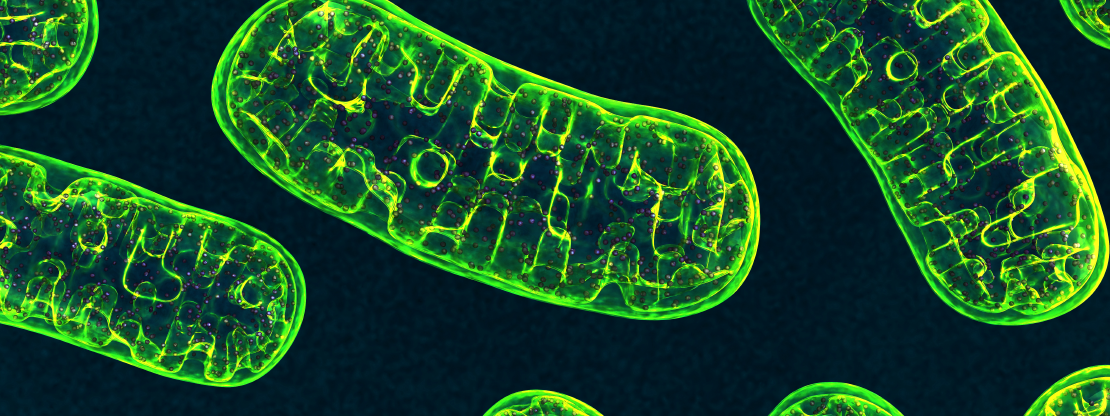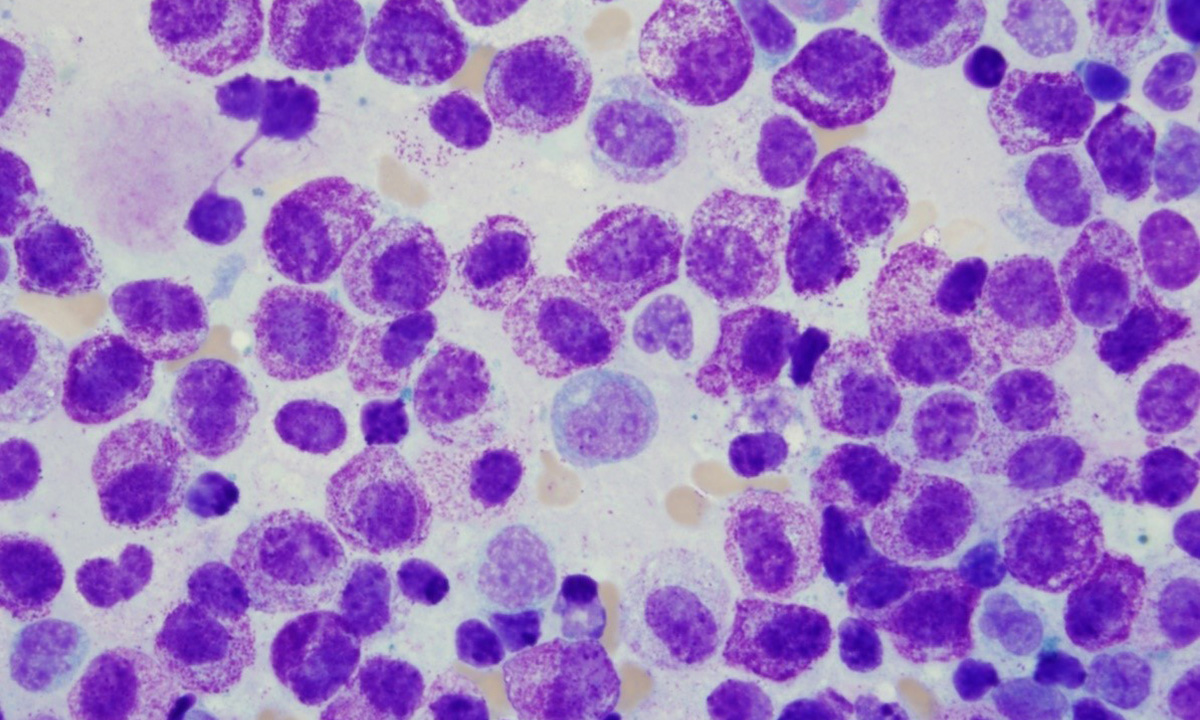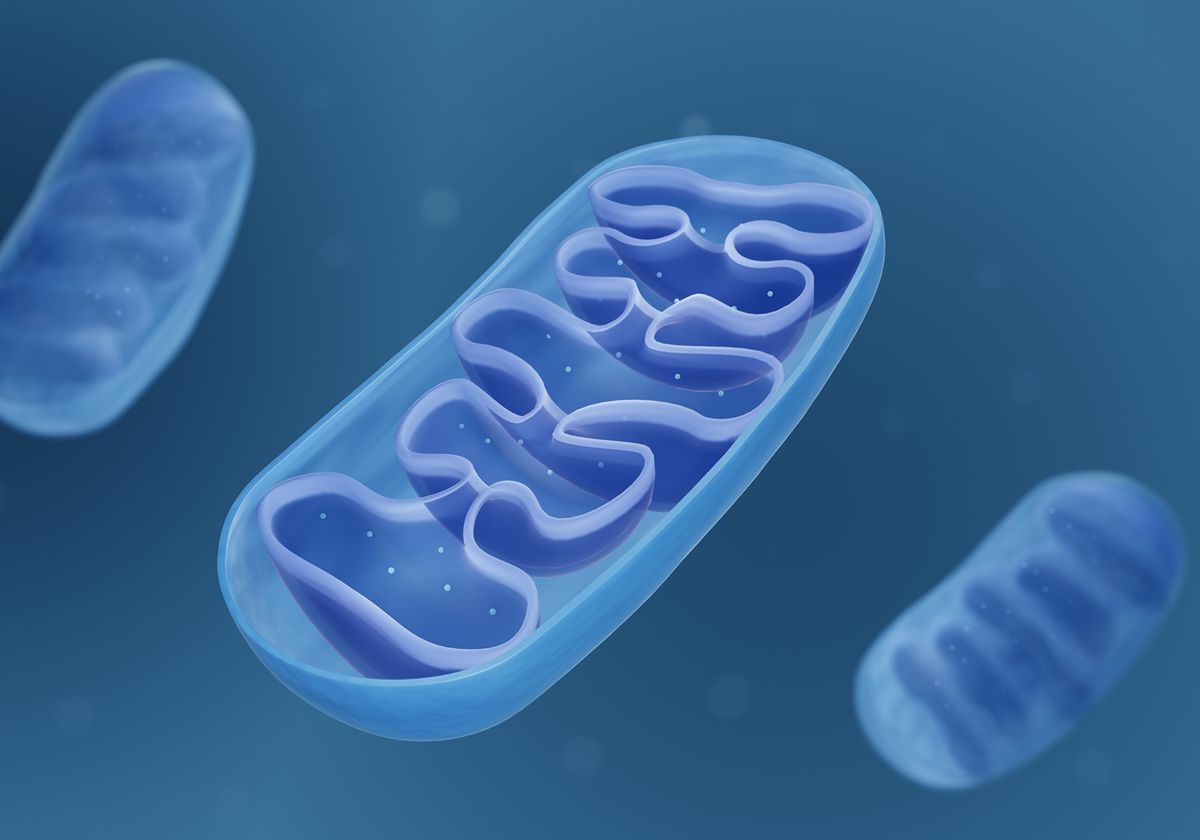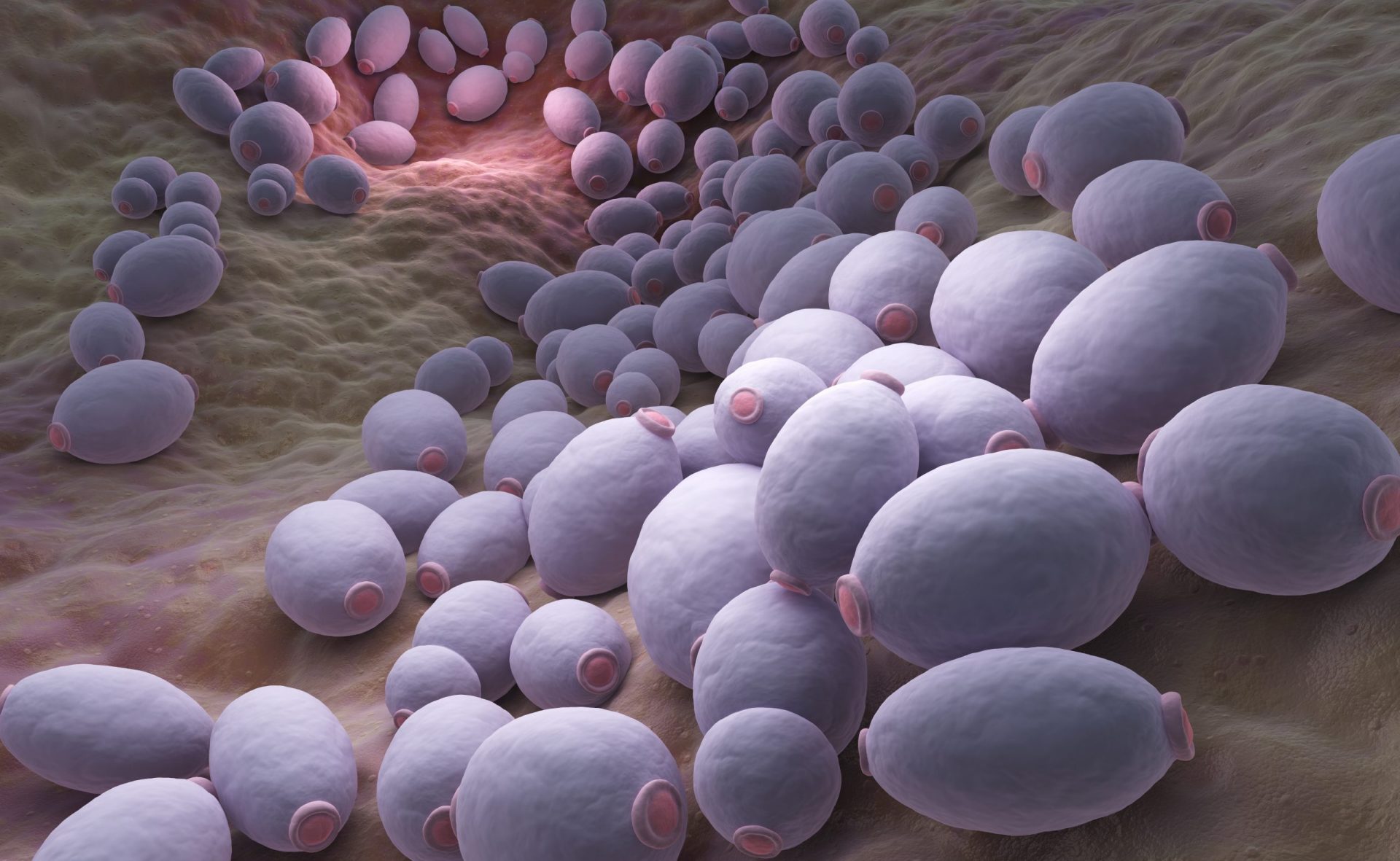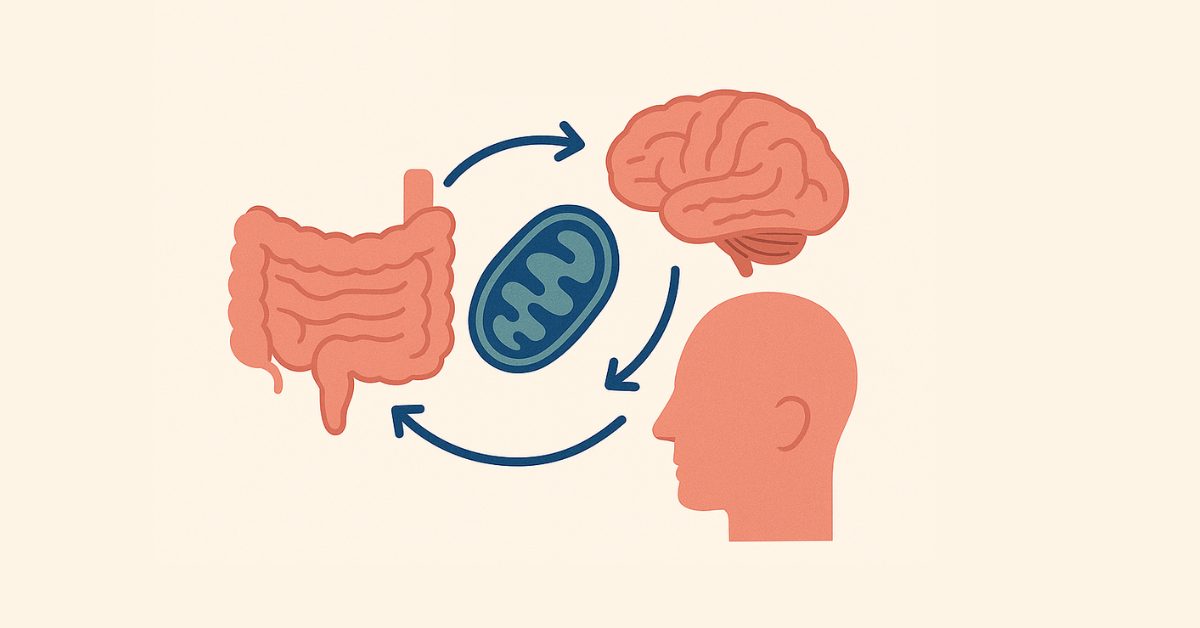
The gut-brain axis is well-established, but there’s more to this dynamic relationship than meets the eye. A vital yet often overlooked component of this axis is the mitochondria—organelles that extend their influence far beyond metabolism. If you read our January blog post on breaking the cycle of mitochondrial dysfunction, you’ve seen how impaired mitochondria contribute… Read more »
